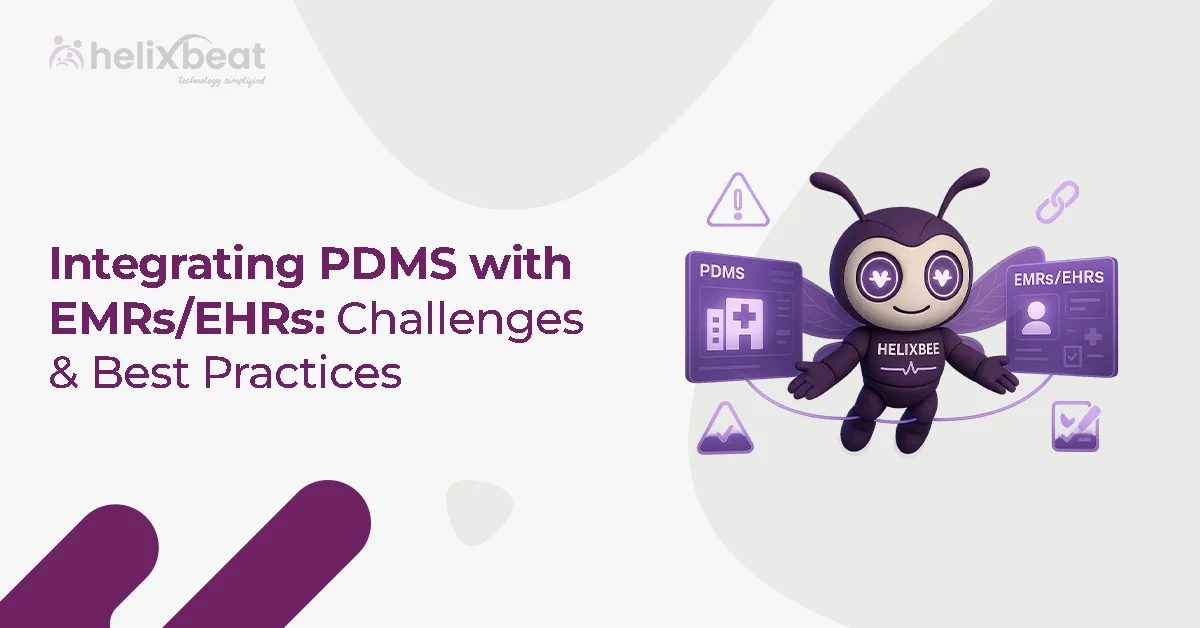A leading e-commerce startup was preparing for its biggest sale of the year. The team had implemented automation to test the checkout process, login functionality, and product pages. Everything seemed flawless—until launch day. Customers complained about broken coupon codes, disabled buttons on mobile, and confusing user flows.
Table of Contents
Why did this happen?
Because some issues aren’t caught by code—they’re caught by people. This is where manual testing services play a critical role.
In the ongoing debate between automation and manual testing, there’s no clear winner. It’s not about choosing sides—it’s about selecting the right approach for the right stage, project, or problem. Whether you’re a startup founder, CTO, or QA lead, this decision can directly impact your product’s success.
So, let’s break it down: what makes each approach valuable, where do they shine, and how can you make the best choice for your software?
What Are Manual Testing Services?
Manual testing services involve human testers executing test cases without the help of automated tools. Testers simulate real-user behaviour, assess usability, and manually verify whether the application behaves as expected.
It’s ideal for:
- Exploratory testing
- UI/UX validation
- Small-scale or early-stage projects
- Short-term releases with frequent changes
Manual software testing services focus on context, intuition, and empathy—traits automated tools cannot replicate.
What Is Automation Testing?
Automation testing uses scripts and software tools to perform repetitive tests. It is especially useful for:
- Regression testing
- Load and performance testing
- Data-driven testing
- Large-scale systems with stable features
Automated tests are fast, repeatable, and consistent. When implemented correctly, they help reduce QA cycles and support more frequent releases.
Manual Testing Services vs Automation: Key Differences
Choosing between manual and automation testing depends on your project’s goals, timeline, and complexity.
| Criteria | Manual Testing Services | Automation Testing |
| Speed | Slower | Faster Execution |
| Accuracy | Prone to human error | Highly accurate |
| Flexibility | Very adaptable | Needs script and maintenance |
| Initial Investment | Low | High upfront investment in tools/scripts |
| Best For | Usability, ad-hoc, exploratory testing | Regression, performance, long- term projects |
| Test Maintenance | Minimal | Requires regular updates |
| Scalability | Limited by resources | Highly scalable |
When Should You Choose Manual Testing Services?
Manual testing services are the right choice when flexibility, user empathy, and real-time adaptability are essential.
1. Early Development Stages
When your product is still evolving, and features are being frequently updated or redesigned, manual testing services offer the flexibility that automated scripts cannot. Since automated tests may break with each UI or logic change, relying on manual testers during this phase saves both time and effort.
Example: A startup launching its MVP can use manual testing to assess UX, validate workflows, and perform sanity checks without the need to invest in scripting or automation infrastructure.
2. Exploratory or Ad Hoc Testing
For scenarios where test cases aren’t predefined, manual software testing services become crucial. Human testers can freely explore the app, interact with different modules intuitively, and uncover bugs that might otherwise go unnoticed by automation.
3. User Interface and Visual Testing
While automation excels at validating logic, it struggles with visual accuracy. Manual testers can identify misalignments, inconsistent fonts, off-brand colors, or clunky layouts—issues that directly affect user perception and trust.
4. Short-Term Projects
When dealing with limited-time or single-release projects, setting up automation is rarely efficient. Manual QA testing services offer a faster, more cost-effective route to verify functionality and deliver quality without the overhead of test script creation and maintenance.
When Should You Opt for Automation Testing?
Automation is the go-to option when repeatability, speed, and scalability are critical for long-term QA efficiency.
1. Large Projects with Repetitive Test Cases
As your project grows, executing the same test cases across multiple builds becomes inefficient manually. Automation solves this by executing regression tests quickly and accurately, allowing QA teams to focus on exploratory tasks.
Example: A fintech platform with biweekly releases benefits from automating its checkout, login, and transaction flows, ensuring stability across versions.
2. Performance and Load Testing
Simulating thousands of users manually is neither practical nor reliable. Automation tools such as JMeter allow QA testing services to assess system performance under various load conditions and detect bottlenecks before they impact users.
3. Data-Driven Applications
Applications requiring validation across multiple datasets are perfect candidates for automation. Automated scripts can efficiently loop through inputs while maintaining accuracy and saving manual effort.
4. Continuous Integration & Deployment (CI/CD)
When rapid releases are part of your development workflow, qa automation testing services become essential. Automation integrated into CI/CD pipelines helps detect bugs instantly, shortens feedback loops, and ensures high-quality releases with minimal disruption.
Benefits of Manual Testing Services
Some aspects of testing still require the human touch—and that’s where manual testing shines.
- Human intuition: Testers can anticipate user behavior.
- Cost-effective for small projects
- Quick adaptation to changes
- Effective for UI, UX, and accessibility testing
- Ideal for error guessing and critical thinking
Despite automation’s advantages, manual testing services remain a vital part of any quality assurance strategy.
Benefits of Automation Testing
When speed, scale, and repeatability matter, automation is your best ally.
- Faster execution of large test suites
- Reduces manual effort in long-term projects
- Reusable scripts save time
- Supports multiple test environments
- Improves testing efficiency in Agile & DevOps workflows
But even the best automation needs oversight, regular updates, and complements from manual checks.
How Helixbeat Balances Both Worlds with TaaS?
Helixbeat’s Testing as a Service (TaaS) provides a balanced, end-to-end QA approach by integrating both manual and automated testing strategies. Their model is designed for speed, scalability, and quality—making them an ideal partner for businesses across industries.
Here’s what Helixbeat brings:
- 99% bug detection rate
- 25% faster release cycles
- 20+ advanced testing tools, including Selenium, JMeter, and Appium
- Expertise in functional, performance, security, and compatibility testing
- Flexible engagement models: Dedicated, On-Demand, and Managed Services
Whether you need manual testing services for usability or automation for performance testing, Helixbeat delivers tailored strategies aligned with your business goals.
Blending Both Approaches: The Hybrid Model
Many leading businesses now adopt a hybrid testing approach—leveraging the strengths of both manual and automated testing.
Use Manual Testing for:
- Initial exploration
- UI/UX assessments
- Tests that are run once or infrequently
- Edge cases and negative scenarios
Use Automation for:
- Regression tests
- Data-driven workflows
- Load testing
- Smoke testing in CI/CD pipelines
This hybrid strategy ensures comprehensive coverage and optimal resource utilization.
Common Testing Challenges and Practical Solutions
Even the best QA teams face obstacles—but with the right approach, they’re easy to overcome.
1. Over-Reliance on One Method
Some teams try to automate everything, while others rely solely on manual testing services. Both extremes create gaps in quality assurance.
Solution: Evaluate the type of test—UI, regression, or exploratory—and select the appropriate approach. Balance manual software testing services with automation to maximize efficiency and accuracy.
2. Maintaining Test Scripts
Automation scripts can quickly become outdated as the application evolves.
Solution: Treat test maintenance as an essential part of the development lifecycle. Schedule regular updates and reviews to keep automation in sync with product changes.
3. Lack of Skilled Testers
Some testers excel in manual QA, while others specialize in automation.
Solution: Upskill your team continuously or collaborate with a QA testing services provider like Helixbeat that offers expertise in both manual and automated testing frameworks.
There’s No One-Size-Fits-All – But There Is a Right Fit
The question isn’t whether manual testing or automation is “better.” The real question is: what does your application need right now?
Manual testing services offer flexibility, human judgment, and the ability to catch what tools might miss.
Automation delivers speed, repeatability, and scalability for long-term QA efficiency.
A hybrid model gives you the best of both worlds.
Your product deserves the right testing at the right time. And with Helixbeat’s comprehensive Testing as a Service, you don’t have to choose blindly. Their blend of experience, tooling, and tailored strategies ensures your software goes to market strong, stable, and user ready.
Looking for reliable QA testing services that combine precision with performance? Helixbeat’s manual software testing services and automation expertise are designed to fit your vision.

FAQs
1. What is the main difference between manual testing and automation testing?
Manual testing involves human testers executing tests, while automation uses tools to run scripts without human intervention.
2. When should I use manual testing services?
Manual testing is best for exploratory testing, UI/UX assessments, and short-term or changing projects.
3. Is automation testing more cost-effective than manual testing?
It is more cost-effective in the long term for large, repetitive test suites, but manual testing is cheaper for small or short-term projects.
4. Can I rely only on manual software testing services?
For small projects, yes. But for large-scale apps, combining both manual and automated testing ensures better coverage and efficiency.
5. What are the challenges of automation testing?
High initial setup cost, script maintenance, and the need for skilled testers are common challenges.
6. How do I choose between manual and automation for my QA strategy?
Assess your project’s size, complexity, release frequency, and budget before deciding. Often, a hybrid model is best.














